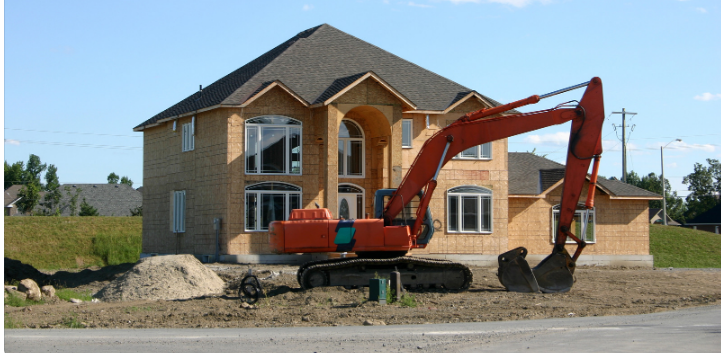
Notwithstanding strong demand from demographic trends and healthy household balance sheets, housing construction faces headwinds after two years of robust growth
Overall, we expect residential construction growth to slow from the robust pace of the last two years—but remain positive. This will feed steady demand growth for residential construction inputs and equipment. Slower housing turnover and a reduced ability to tap home equity cash will cool consumption in home improvement, household appliances, and durable goods, a key driver of 2021 growth. B2B firms can expect slowing growth in these spending categories.
Overview
Starting in Q3 2020, the US housing market saw an upswing in housing demand. Working from home fueled demand for suburban, out-of-town homes, and a jump in household savings pushed up bid prices. This especially benefited sunbelt cities. February 2022 year-on-year price growth reached more than 32% for Tampa, Austin, and Phoenix, compared with less than 11% in Midwest and East Coast cities such as Chicago, Washington (DC), and Minneapolis.
Homebuilders responded with ramped up construction, accelerating pre-pandemic growth trends. After dropping to 938,000 in April 2020, housing starts reached 1.8 million by March 2022, the highest since 2006. Nonetheless, the jump in construction activity was not enough to offset low housing inventories. Building activity has been held back by shortages in lumber, labor, appliances, and glass, leaving a growing backlog of unfinished homes.
Since January, Federal Reserve hikes have caused mortgage rates to spike at the fastest relative pace on record, reaching more than 5%. This has prompted questions over whether housing construction will slow in the face of reduced demand.
Our View
Despite high uncertainty and a mix of downside and upside factors, we expect residential construction growth to slow but remain positive in the next 12 months.
On the downside, an uncertain demand outlook, amid the worst affordability since 2007, will likely spook builders from expanding construction at the rates seen in 2021. This is especially the case given the longer construction times caused by supply chain disruptions, with single family units now taking 9–10 months instead of six. The resulting backlog of incomplete homes risks flooding the market and slowing prices when completed. Longer lags also amplify demand uncertainty for builders, since it is easier to predict home prices six months from now than 10 months from now. Together, these effects can be seen in builder confidence indexes, which have worsened for four consecutive months.
However, on the upside, households have seen a historic boost to savings from stimulus checks and strong wage growth. This will continue to fuel demand. Long backlogs of orders on incomplete homes will buffer sales from rate increases in the short term. Expensive rents and demographic trends will also support resilient demand. A bumper millennial cohort is reaching prime home-buying age. Although mortgage rate increases will curb demand growth and reduce sales, these tailwinds will provide fundamental support for construction growth over the next year.
At FrontierView, our mission is to help our clients grow and win in their most important markets. We are excited to share that FiscalNote, a leading technology provider of global policy and market intelligence has acquired FrontierView. We will continue to cover issues and topics driving growth in your business, while fully leveraging FiscalNote’s portfolio within the global risk, ESG, and geopolitical advisory product suite.
Subscribe to our weekly newsletter The Lens published by our Global Economics and Scenarios team which highlights high-impact developments and trends for business professionals. For full access to our offerings, start your free trial today and download our complimentary mobile app, available on iOS and Android.

